Plastic - a popular and diverse material with countless applications, from packaging to medical equipment, holds an interesting history of formation and development. So, have you ever wondered about the origin of these familiar plastics? This article will take you to discover the historical story of the 7 most popular types of plastic, revealing the origin, unique properties, and applications of each type.
1. History of 7 Common Plastic Materials
The development path of plastics is a testament to human creativity and extraordinary scientific progress. It started from simple compounds in ancient times and has evolved into complex polymers. Plastic has brought countless conveniences to modern life, but its widespread popularity also presents environmental challenges. Understanding the history of plastic will help us use it wisely, appreciate its value, and join hands to protect the environment for future generations. Below, we explore the history of 7 popular plastic materials:
1.1. PET
PET plastic stands for Polyethylene Terephthalate, invented by British scientists John Whinfield and James T. Dickson in 1941.
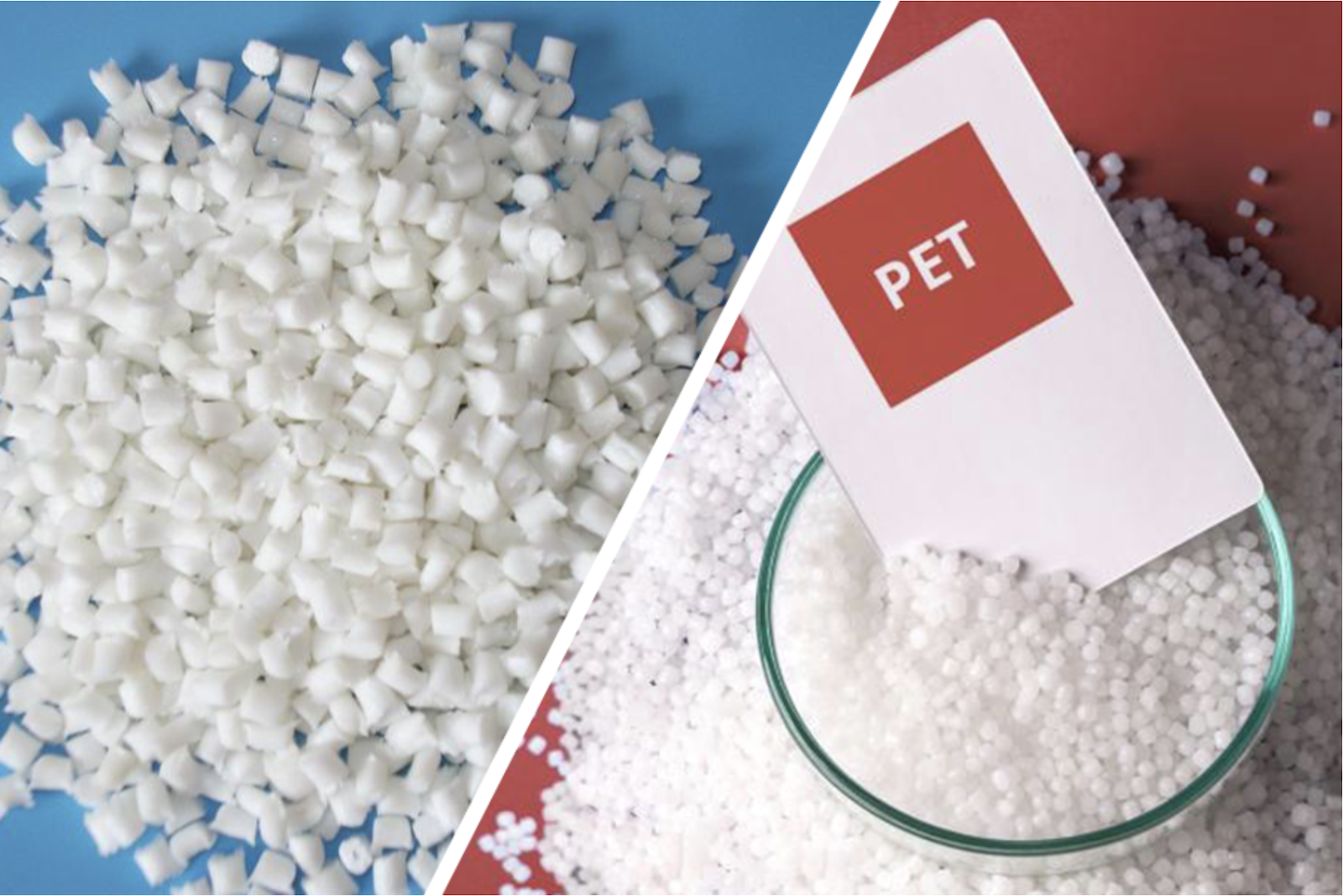
Initially, PET plastic was used to produce synthetic fibers. By 1952, chemists from DuPont Company successfully developed the first PET plastic bottle production process. The PET plastic process was patented in 1973 by Nathaniel Wyeth, another scientist at DuPont. Since then, PET has become one of the most popular plastic materials in the world.
Characteristics of PET:
- PET is durable, transparent, flexible and safe for food; Can be recycled, contributing to environmental protection.
- Difficult to decompose, may release toxic substances when exposed to high temperatures.
Applications of PET:
- Textile Industry: PET fibers are used to produce clothing, carpets, curtains, and other textile products.
- Packaging Production: PET is widely used for Soft drink bottles, Food containers, Blister packs, Polyester films for food wrapping and other applications.
1.2. PE
PE stands for Polyethylene, a plastic accidentally discovered in 1898 by German chemist Hans von Pechmann.
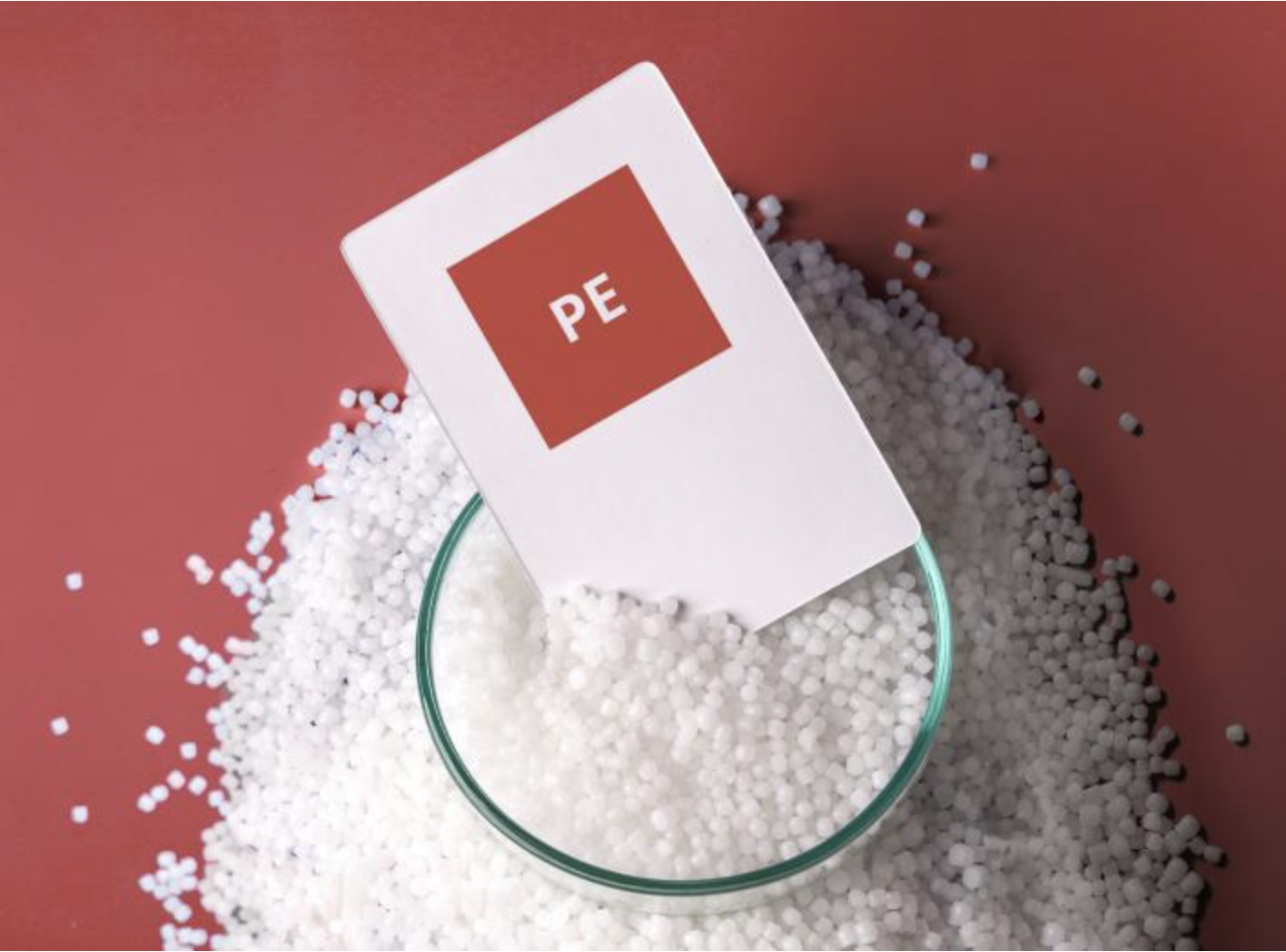
Although discovered early, it wasn't until 1933 that PE was first commercially produced by Imperial Chemical Industries (ICI). The development of the Ziegler-Natta catalyst in the 1950s by Karl Ziegler and Giulio Natta made large-scale PE production more efficient, leading to its rise as one of the most popular plastics globally due to its affordability and wide range of applications.
Characteristics of PE:
- PE is light, flexible, durable and cheap; Can be recycled, contributing to environmental protection.
- Difficult to decompose, may release toxic substances when exposed to high temperatures.
Applications of PE:
- Packaging production: Plastic bags, food wrap, bottles, water pipes,...
- Applications in the automotive, construction, agricultural industries,...
1.3. PVC
PVC plastic stands for Polyvinyl Chloride plastic. It was first synthesized in 1835 by French chemist Henri Victor Regnault.
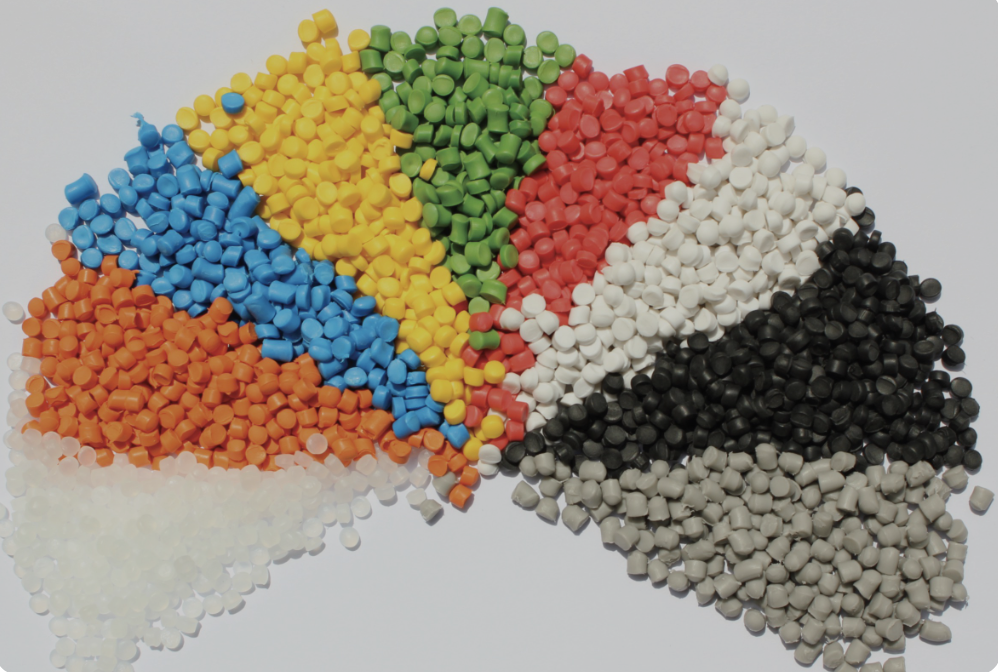
Although it was synthesized in 1835, it was not until 1933 that PVC was first commercially produced by BASF Company (Germany). Since then, PVC quickly became one of the most popular plastics in the world thanks to its low price and high applicability.
Characteristics of PVC:
- PVC offers a unique combination of hardness, flexibility, and good heat resistance, making it suitable for a wide range of applications. It's also known for its reasonable price.
- PVC can contain phthalates and lead, which are chemicals linked to potential health problems. Additionally, PVC recycling can be complex and PVC production and use can involve the release of harmful chemicals, such as dioxins, if not properly managed.
Applications of PVC:
- Common applications include water pipes, electrical wires, window frames, and building materials like siding and flooring.
- PVC finds uses in various industries: Manufacturing, Consumer Goods,...
1.4. PP
PP plastic, short for Polypropylene plastic, was discovered accidentally in 1951 by two chemists: Giulio Natta (Italy) and Karl Rehn (Germany).
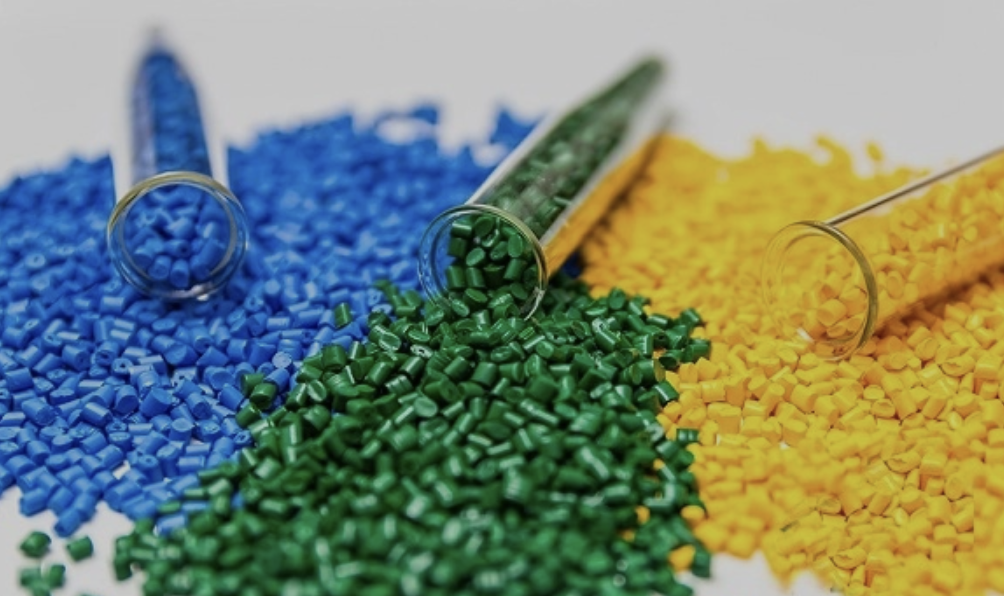
By 1957, PP was first commercially produced by Montecatini Company (Italy). Since then, PP has become one of the most popular plastics in the world thanks to its durability and reasonable price.
Characteristics of PP:
- PP has high mechanical strength, good heat resistance and chemical resistance; Can be recycled, contributing to environmental protection.
- Although the toxicity level is low, PP plastic is a type of plastic that is difficult to decompose.
Applications of PP:
- Production: Trash cans, buckets, synthetic fibers, auto components,...
- Applied in medical industries, furniture production, children's toys, etc.
1.5. PS
PS plastic, short for Polystyrene plastic, was discovered accidentally in 1839 by German chemist Eduard Simon.

It wasn't until 1931 that PS plastic was first commercially produced by I.G. Farbenindustrie (often shortened to I.G. Farben), a German company. Since then, PS plastic has become one of the most popular plastics globally due to its low cost and ease of processing.
Characteristics of PS:
- PS is light, transparent and easy to process.
- It is difficult to recycle and can release health-harming styrene when exposed to high temperatures.
Applications of PS:
- Electronice device,...
- Styrofoam boxes, plastic cups,...
1.6. PC
PC plastic is the abbreviation for Polycarbonate plastic, first discovered in 1898 by German scientist Alfred Einhorn. After that, PC plastic continued to be researched in 1953 and invented in 1955 by German chemist Hermann Schnell.

By 1958, PC plastic was produced commercially for the first time by Bayer Company (Germany). Since then, PC plastic quickly became one of the most important engineering plastics thanks to its high durability, good impact resistance, and transparency.
Characteristics of PC:
- PC is highly durable, heat resistant, easy to process and safe for food.
- It is difficult to recycle and can release health-harming BPA when exposed to high temperatures.
Applications of PC:
- Medical instruments,...
- Automotive components,...
- Protective eyewear, CD/DV, suitcase,...
1.7. ABS
ABS plastic is the abbreviation for Acrylonitrile Butadiene Styrene plastic, a thermoplastic widely used in many different applications. Currently, there is still much debate about who was the first to invent ABS plastic and the specific time when this type of plastic was invented.
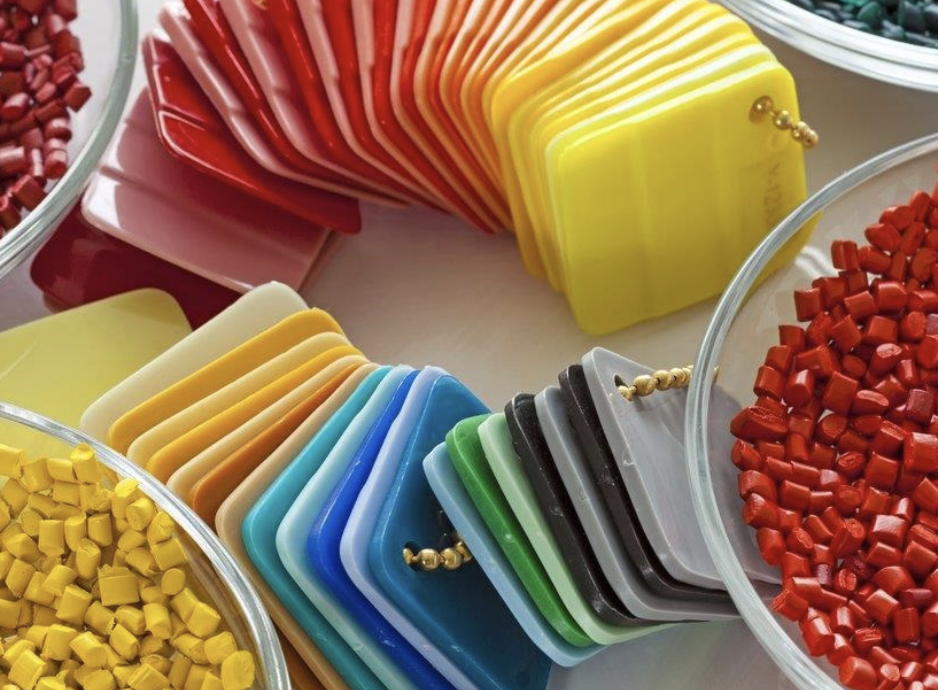
It wasn't commercially produced until 1954 by Dow Chemical Company (USA). Since then, ABS plastic has become one of the most popular plastics globally due to its low cost, ease of processing, and high versatility.
Characteristics of ABS:
- ABS is cheap, easy to process, has good heat/impact resistance and can be metal plated.
- It is difficult to recycle and can release health-harming styrene when exposed to high temperatures.
Applications of ABS:
- Water pipe,...
- Children's toys,...
- Automobile components, electronics covers, helmets,...
2. Conclusion
The journey to discover 7 common plastic materials has taken readers back in time, learning about the origin and development of these materials. Each plastic material has its own characteristics, properties, and applications, contributing to the diversity and richness of human life. This is also a testament to the continuous creativity and development of science and technology. However, we must also consider the negative environmental impacts of plastic pollution, such as harm to wildlife and ecosystems. By using plastic mindfully, we can safeguard the environment and health for ourselves and future generations.
3. About EuroPlas
EuroPlas is one of the world's No. 1 filler masterbatch manufacturers with diverse products such as filler, color masterbatch, additives, technical plastics, and bio filler. With many years of experience, EuroPlas has affirmed its position in the market thanks to high product quality, competitive prices, and professional customer service. If you are looking for a supplier with high-quality plastic materials, competitive prices, and professional customer service, please contact our consulting team via email, hotline, or send your information via our form to receive prompt support.